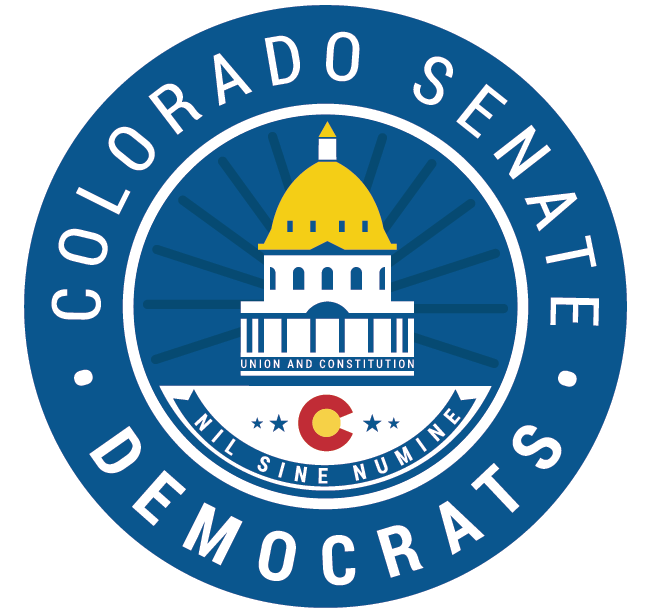JOINT RELEASE: Colorado is Bouncing Back But Long-term Challenges Remain
DENVER, CO – Democratic members of the Joint Budget Committee today released the following statements after the Legislative Council staff and the Office of State Planning and Budgeting delivered the March economic forecasts, both of which project higher General Fund revenue compared to earlier estimates, but warn of likely budgeting challenges in years to come, as structural deficits remain and the potential for TABOR refunds re-emerge.
“Today’s budget forecast is a breath of fresh air. After a year of discouraging news and depressed projections, we are finally seeing our state’s upward trajectory materialize,” said JBC Chair Dominick Moreno, D-Commerce City. “Thanks to the diligent efforts by this committee and an accelerated economic rebound, Colorado’s recovery is looking even more promising. At the same time, we must remember that these are one-time funds. Beyond the current fiscal year, long-term budget issues persist – making it imperative that we keep one eye on the horizon and prepare for other potential storms”
“I’m thrilled that today’s forecast shows our economy is recovering stronger than initially predicted last year and that our state and the federal stimulus efforts are starting to make a big difference for Coloradans,” said JBC Vice-Chair Julie McCluskie, D-Dillon. “While our state finances are looking up, too many people in our communities are still unemployed and struggling to pay for basic needs. This better-than-expected recovery of state revenues has created an opportunity to use the one-time dollars we have to further boost our economy and help Colorado build back stronger.”
"While this revenue forecast is certainly a relief, the economic situation continues to leave many low-income families behind," said JBC Member Senator Chris Hansen, D-Denver. "As we move forward, particularly with our state stimulus package, we must be diligent in prioritizing equity and inclusion as well as funding for essential programs that help the most vulnerable Coloradans recover and support robust job growth."
“While we know we’re not back to where we were pre-pandemic, today’s forecast is good news for Colorado and shows we’ll have significant one-time resources to boost our economy and help Coloradans get back to work,” said JBC Member Leslie Herod, D-Denver. “Federal and state stimulus efforts have kept the bottom from falling out of our economy, and as a result, we have one-time funds we can use to help Colorado recover even faster and build back stronger. I’m committed to working with the governor and my colleagues on both sides of the aisle to pass an innovative stimulus package and a balanced budget that will forge an inclusive recovery that helps those hit hardest by the pandemic.”
The Legislative Council staff (LCS) March forecast anticipates General Fund revenues to be $12.7 billion in FY 2020-21 and $13.8 billion in FY 2021-2022 – a $570.9 million and $665.4 million increase from the December revenue forecast respectively. These persistent improvements in the state’s economic outlook are due in large part to federal and state stimulus dollars, which have allowed Colorado to invest in struggling industries and insulate from the most severe potentialities. However, Colorado is still seeing inequitable recovery trends, marked by severe differences between industries and income levels. This means that while some sectors and households are bouncing back to pre-recession levels, others continue to struggle.
The Office of State Planning and Budgeting (OSPB) anticipates that General Fund revenue will be $12.9 billion for FY 2020-21, which OSPB revised upward by $425 million relative to its December estimate. For FY 2021-22, OSPB projects General Fund revenue will be close to $13.9 billion, which OSPB revised upward by $390.6 million relative to its December estimate. OSPB predicts that revenue subject to TABOR will come in below the Referendum C cap in FY20-21 and FY21-22, but TABOR refunds are forecasted to potentially return in FY22-23.
Both LCS and OSPB also identified upside risks to the forecast driven by anticipated near-term, economic booms – increasing spending, employment, incomes, and tax revenue. However, downside risks to the estimate were also identified, including the possibility of inflation, financial market volatility, and interest rate hikes as the effects of federal and state stimulus funds fade.


